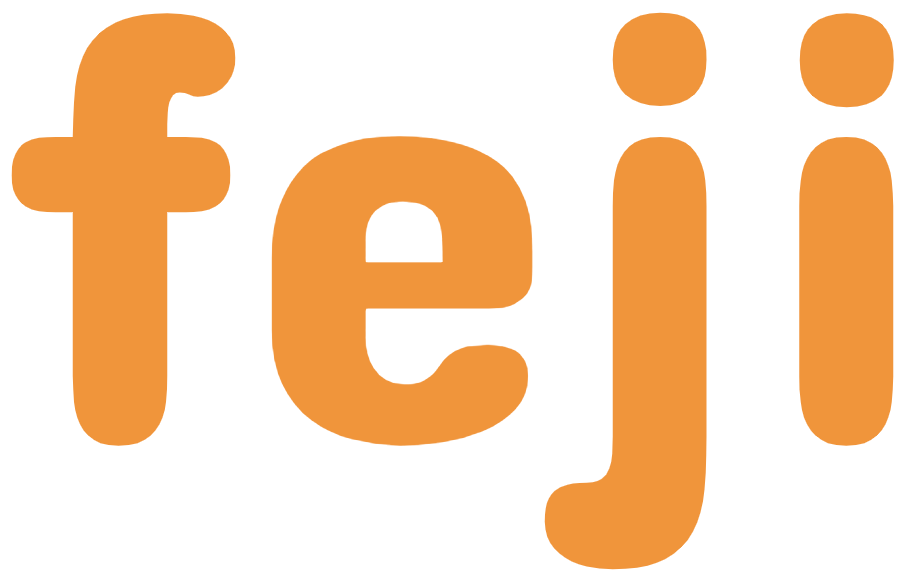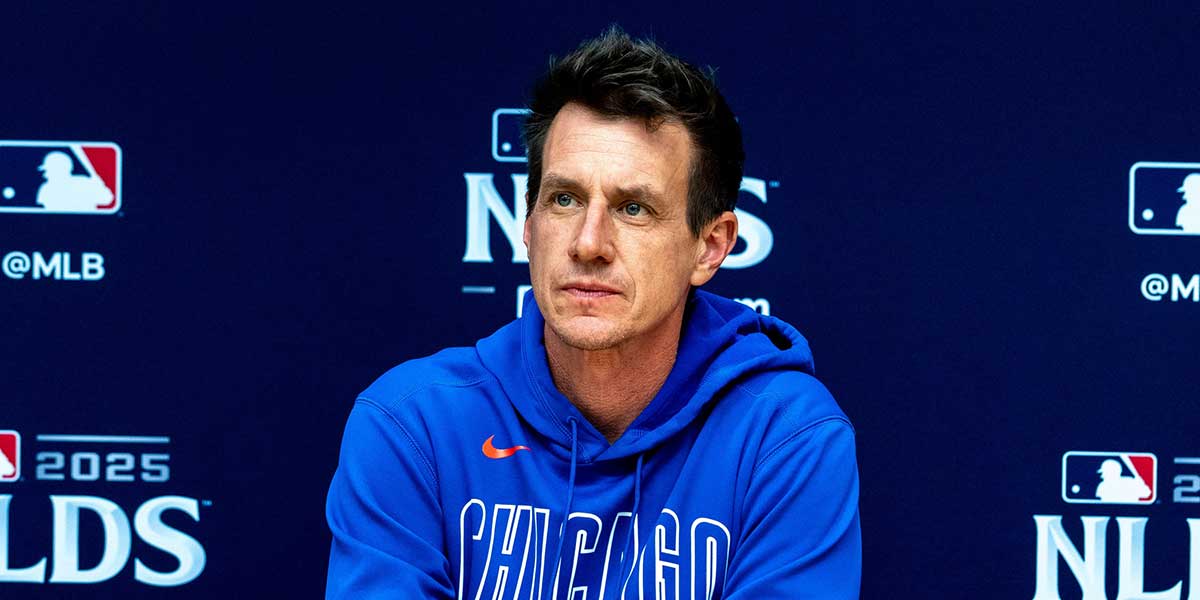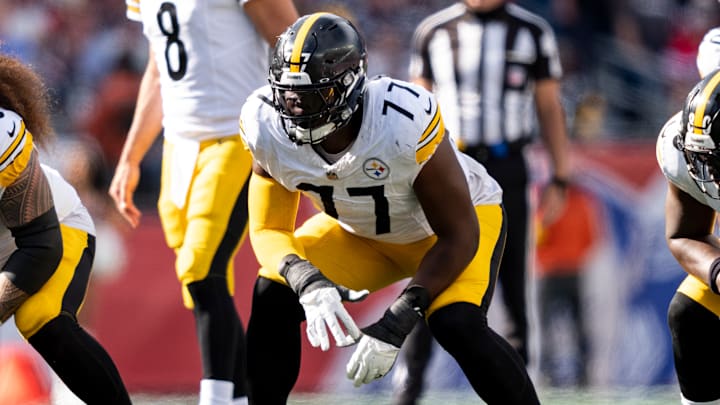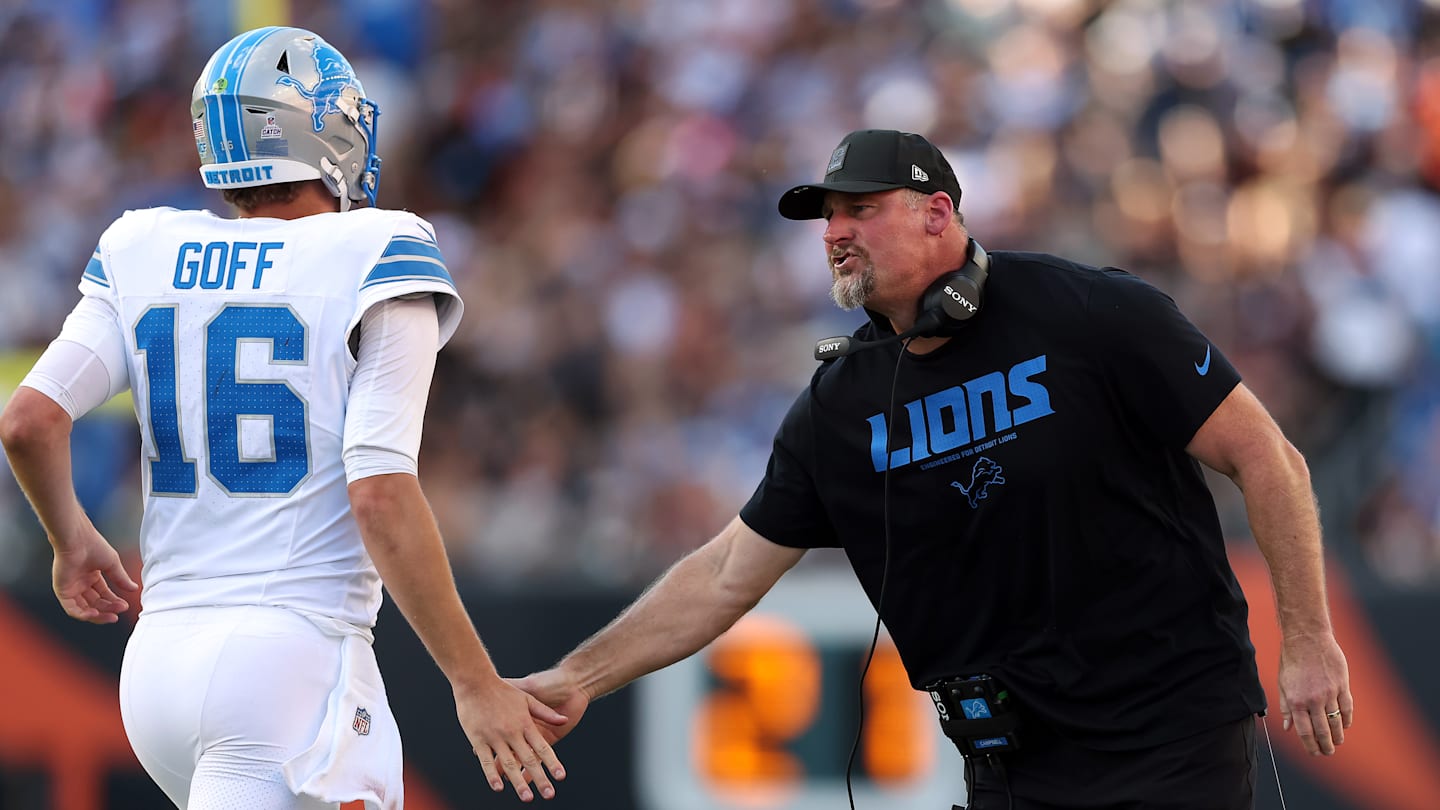Phillies had no answer as Dodgers managed their biggest weakness perfectly
The Philadelphia Phillies had a path to win the National League Division Series before it began. The Los Angeles Dodgers came in as the defending World Series champions, but they had holes in their roster as much as anyone else. They had a leaky bullpen going into the playoffs, but you wouldn't know it with how well the Dodgers managed their bullpen throughout the four games.
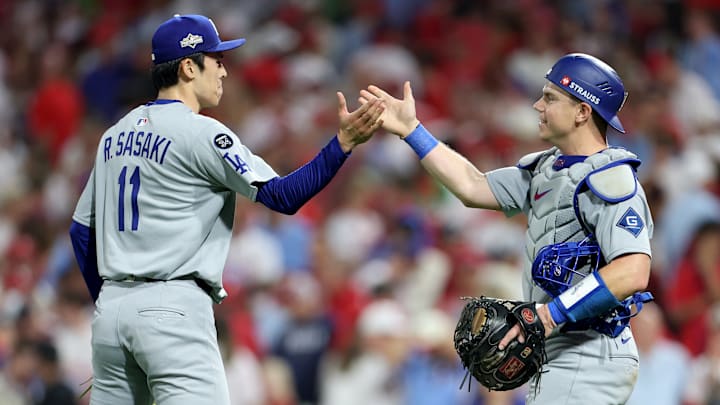
The Dodgers' bullpen was the part of the roster the Phillies' offense had to get to in order to succeed. As long as the Phillies could hang in against the Dodgers' starting pitching, they'd have a chance in the later innings. The Dodgers made adjustments with a shortened playoff series and outlasted the Phillies to win the series.
Dodgers managed their bullpen to perfection in NLDS to shut down Phillies
The top of the lineup had to apply pressure for the Phillies to have a chance in the series, but they instead made the eight runs they scored in Game 3 look more like a fluke. In Game 4, the top three hitters of Trea Turner, Kyle Schwarber and Bryce Harper sang a familiar tune, going a combined 1-for-14. As a team, they only scratched across four hits total. The Dodgers' bullpen came out on top in the end.
In the regular season, the Dodgers' bullpen ranked 21st with a bullpen ERA of 4.27. Ironically enough, they finished tied with the Phillies. They also had a 10.38 ERA over the two Wild Card games against a Cincinnati Reds offense that didn't impose any substantial threat. The Dodgers learned from that and approached things differently once they played the Phillies.
The Dodgers barely used traditional relievers for the entire four-game NLDS. They leaned heavily on extra starters to get the job done, and unfortunately, it worked to perfection. The one thing that few teams in MLB can go toe-to-toe with the Dodgers on is the depth of their starting rotation.
Roki Sasaki, a rookie who sported a 4.46 ERA across 10 games (eight starts) this season, was moved to the bullpen for the playoffs. He proceeded to throw 4 1/3 shutout innings against the Phillies, including three perfect innings in the clinching Game 4.
The Dodgers also deployed Tyler Glasnow and Emmet Sheehan out of the bullpen, limiting any threat the Phillies thought they could muster late in games. The only real success the Phillies had against the Dodgers' bullpen was facing 37-year-old Clayton Kershaw when he was hung out to dry in Game 3 and against Blake Treinen, who they scored twice against in Game 2 but ultimately fell one run short of a comeback.
The beauty and agony of a short playoff series is that every moment is amplified. Every game means more, and as a result, teams manipulate their pitching staffs to minimize any weakness. The Dodgers did it well and showed the Phillies the door in another early playoff exit.
5 offseason decisions the Red Sox already need to be thinking about for 2026
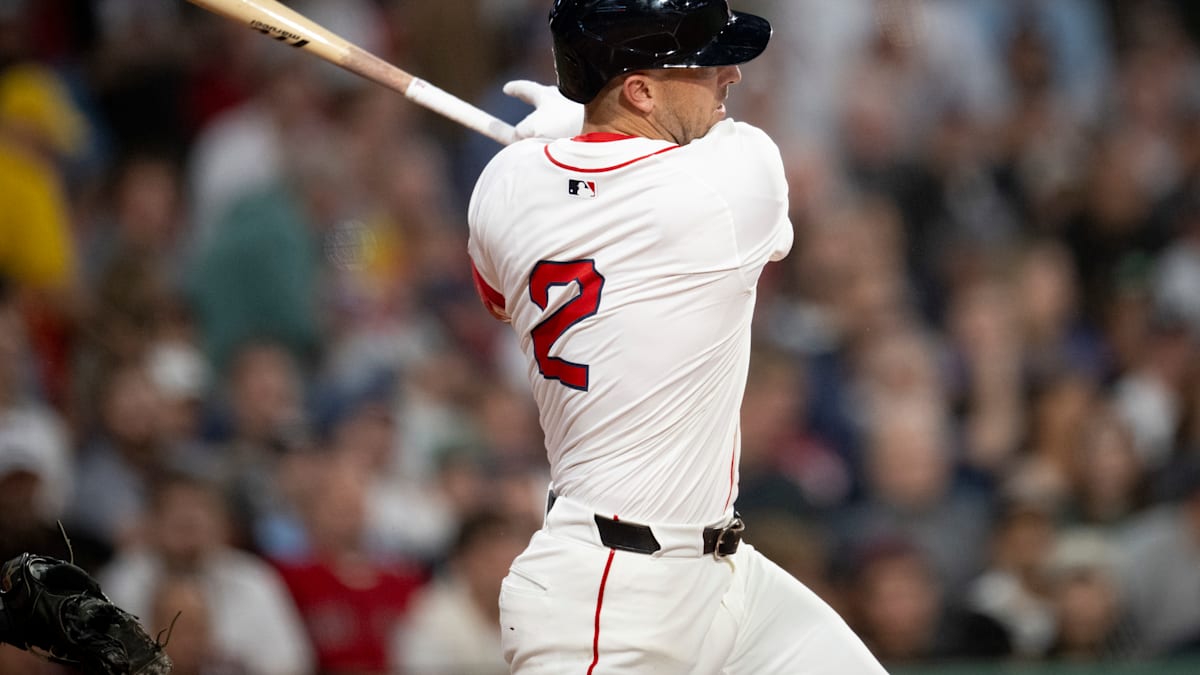
The Boston Red Sox's time in the playoffs was shorter than the organization and fans hoped, but they took some steps toward a longer run next season. It's never too early to start thinking about some of the key offseason decisions the club will face.

Much of what Boston will do will be reactionary. Alex Bregman is expected to opt out of his contract, but others with opt-outs, like Trevor Story, are much more up in the air. That's why, with so many moving parts, the Red Sox would be well served to have some clear priorities and contingencies nailed down well before the hot stove season gets underway.
5 offseason decisions the Red Sox already need to be thinking about for 2026
1. Determine the budget and potential backup plans if/when Alex Bregman opts out
The most pressing issue the Red Sox will face is what to do with Alex Bregman. It would be a shock for him not to opt out, and when he does, he's expected to have a much more robust market this go-around.
Red Sox owner John Henry has kept a close eye on the purse strings in recent years, much to Red Sox fans' frustration, and with so many contenders needing help at the hot corner, it's possible Bregman's price tag exceeds what he's willing to pony up. That means Craig Breslow needs a firm idea of how high he can go in the bidding so that he can decisively pivot to other options if need be. He also needs a clear idea of what those other options should be, and should have a clear pecking order in how he prioritizes them.
Three potential pivots from Bregman stand out. First is Eugenio Suárez, who is the next-best option to man the hot corner on the free-agent market. Suárez is older and has a less well-rounded game, particularly in the field, but would be a huge power boost for Boston's lineup.
Another free-agent pivot who would be more of a one-year stopgap would be former Red Sox top prospect Yoán Moncada. Moncada has struggled to stay healthy in recent years. Limited to 92 games in 2023 and just 12 last season, the veteran has played just 77 games for the Los Angeles Angels this season, but has posted a 123 wRC+, his best mark since his 2019 breakout.
Lastly, the Red Sox could simply decide to embrace the youth movement and hand the reins to Marcelo Mayer, the highly touted youngster who failed to get cooking in his first taste of big league action before succumbing to a wrist injury, prematurely ending his season.
2. How to handle a Trevor Story opt-out
Though less likely than Bregman opting out, Story could be heading towards the same decision after his first healthy season in years, which has him in the AL Comeback Player of the Year conversation.
With a lengthy injury history, declining production, and now getting up there in age, it's unclear if Story could do better than the two years and $50 million (three years, $75 million should he stay and Boston pick up his 2028 club option), but with slim pickings on the shortstop market he might be tempted to try his luck.
Only Bo Bichette stands out as a high-end shortstop option, as the rest of the free-agent class is mostly utility-type players. The Red Sox will not only figure out if they want to retain Story should he opt out, but also at what cost, or whether they'd be better off pivoting to a younger option like Bichette.
3. What to do with the rotation and Lucas Giolito
This one is a multi-part question. The Red Sox will have three rotation spots spoken for, starting with ace Garrett Crochet, Brayan Bello, and likely top prospect Connelly Early, who has enjoyed a dominant start to his big league career. That's three spots taken care of, but two will remain.
There's a whole cohort of injured starters that should be factors at some point in 2026. Guys like Tanner Houck won't be ready for spring training, but Kutter Crawford, Patrick Sandoval, and others should be ready to return by spring training.
On the other hand, Boston has two impending free agents, sort of. Dustin May likely won't be back after his disappointing post-trade showing. The big question is Lucas Giolito.
Giolito is yet another one of Boston's option players, but his is a little more complex. Originally a $14 million club option, Giolito crossed the 140-inning threshold necessary to convert it into a $19 million mutual option, meaning that even if the Red Sox want him back, he can still elect free agency if he believes he can get more on the open market.
Giolito has been mostly solid, with a 3.41 ERA, but if he decides to test the market, are the Red Sox really prepared to pay what he'll command? Do they find room in their budget for an upgrade, even with the expenditures they'll likely undertake to keep Bregman and/or Story in Boston? Do they trust the younger, more unproven arms returning from injury? Will Payton Tolle and/or Kyle Harrison factor into the rotation plans?
There is so much to untangle here that Breslow really needs to start crafting a plan now, rather than waiting until the offseason officially kicks off.
4. Filling out the bullpen, especially from the left side
The Red Sox crossed off a huge agenda item when they came to terms with Aroldis Chapman on an extension in August. While that's a huge development, there will still be work to do to fill out the bullpen.
Boston can rely on Garrett Whitlock to pair with Chapman in the late innings, but the bridge to those two gets a little flimsy, and with both of their veteran lefties hitting free agency, they'll need help, especially from that side.
Justin Wilson has been great this season with a 2.74 ERA, but he's also been inconsistent in recent years with a 5.59 ERA with the Cincinnati Reds last season, indicating how much of a rollercoaster ride the latter years of his career have been. At 38 years old, it's fair to question how much he has left in the tank.
Meanwhile, deadline acquisition Steven Matz has been superb with a 2.08 ERA since Boston acquired him from the St. Louis Cardinals. The Red Sox have used him more traditionally as a one-inning reliever, rather than a bulk-inning guy out of the 'pen, and have seen him level up as a result.
There are other questions too. Do the Red Sox want to replace Justin Slaten with a better seventh-inning option? Do they transition one of the returning injured starters to the bullpen? These might not be the most pressing holes that need to be filled, but there are several questions that need answers, meaning that in the aggregate, what Breslow does here could make a big difference in their 2026 fortunes.
5. Whether or not to extend Nathaniel Lowe
The Red Sox will have Nathaniel Lowe under team control for 2026, his final year of arbitration. In that sense, they can kick the can down the road here if they'd like. However, given the other concerns Breslow has to deal with, it might make some sense to come to terms and take control of Lowe's price tag.
On the other hand, Triston Casas should be back by Opening Day, making getting at-bats for the two of them something of a balancing act. Things get further complicated with Masataka Yoshida, whose contract they'd desperately like to move on from, but has no market, clogging up DH time.
As good as Casas has been in spurts, he's yet to do it for a full season's workload. The co-existence between Casas and Lowe is also complicated, given that they're both left-handed hitters, so a straight platoon wouldn't work either.
Lowe getting cut by the Nationals may have been a gift for the Red Sox in 2025, but his role in 2026 and beyond is anything but clear.
